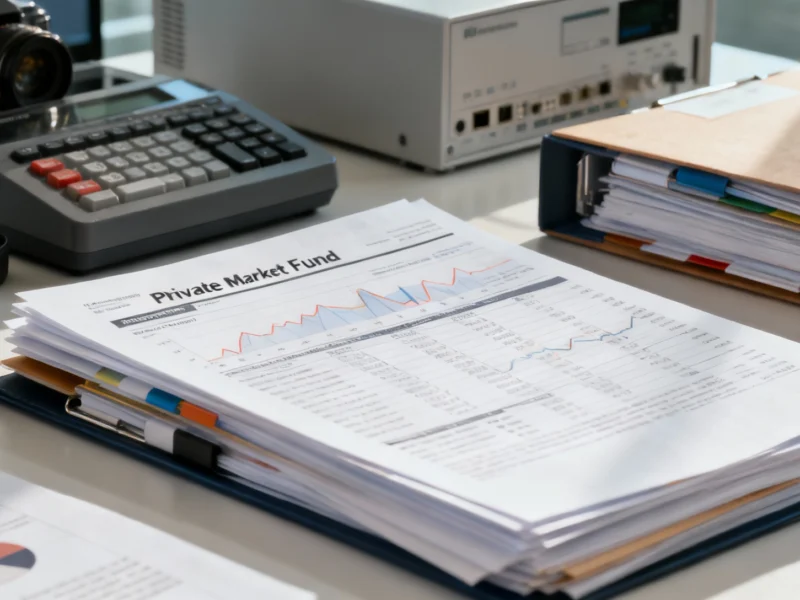According to Forbes, prediction markets are fundamentally changing how we forecast events, with Polymarket generating over $2 billion in total volume across major events this year and global prediction-market trading already exceeding $27.9 billion in 2025. The platform saw a weekly peak of more than $2.3 billion in October, with single questions now attracting $10-20 million in wagers that rival smaller financial markets. Polymarket operates legally in the U.S. under specific regulatory constraints and has consistently beaten traditional forecasters, accurately predicting New York City’s mayoral race outcome before any polls or news outlets reflected the shift. Recent data shows Q3 2025 trading volume on major platforms surpassed $3 billion, a five-fold increase from the same quarter last year, and industry estimates project the sector will grow to nearly $95.5 billion by 2035 with annual growth rates approaching 47 percent.
When Money Talks, People Get Honest
Here’s the thing about prediction markets that makes them so compelling: they measure what people actually believe, not what they say. In surveys, people posture. On social media, they perform. But when real money is on the line? Suddenly accuracy gets rewarded and wishful thinking becomes expensive. Research from the University of Pennsylvania and Iowa Electronic Markets consistently shows these markets outperform expert forecasters because they aggregate dispersed information without ideology or narrative inertia.
And that creates a fascinating dynamic. We’re seeing institutions struggle with timing – polls take days, newsrooms wait for confirmation, analysts rely on backward-looking data. Meanwhile, prediction markets move the moment information moves, even if it’s just rumors or subtle momentum shifts. It’s not that leaders are uninformed; it’s that information now flows faster than institutional processes can absorb.
Filling the Credibility Gap
So why are prediction markets exploding now? Look at what’s happening to traditional institutions. According to Scientific American, polling accuracy has deteriorated significantly, with many national surveys now “very vulnerable to making huge mistakes.” Meanwhile, Pew Research shows only 22% of U.S. adults trust the federal government to do what’s right most of the time.
Prediction markets fill this vacuum by offering something institutions increasingly can’t: immediate accountability. Every bet is a prediction tied to consequences. Every outcome is judged transparently. In a world where trust is declining and information is abundant, markets that price belief in real time start feeling more reliable than legacy systems designed for slower eras.
When Probability Shifts Faster Than Confirmation
This creates a massive challenge for leaders. Traditional decision cycles are built around quarterly reporting, not real-time probability shifts. Strategy often depends on consensus narratives that appear long after markets have moved. But now executives and boards face what Forbes calls “dynamic truth” – a world where probability shifts by the hour and early signals emerge outside traditional channels.
The data shows this isn’t slowing down either. According to CryptoRank, prediction market volume jumped five-fold in recent quarters, while Crypto.com research details how these platforms are evolving into comprehensive real-time intelligence systems. Leaders aren’t seeking certainty anymore – they’re seeking the earliest credible indicator of what might happen next.
The Other Side of the Bet
But let’s be real – this isn’t all sunshine and accurate predictions. Prediction markets have their own vulnerabilities. They can be manipulated, especially in smaller markets. They’re susceptible to herd mentality and can overreact to rumors. And there’s the regulatory uncertainty – how long before governments clamp down on what essentially looks like gambling on serious outcomes?
There’s also the question of whether we really want every aspect of life turned into a betting opportunity. When Certuity’s analysis discusses prediction markets becoming parallel forecasting infrastructure, they’re talking about a fundamental shift in how we process information. But what happens when corporate layoffs or political outcomes become just another line item for speculators?
The Polymarket Effect is still early, but its trajectory is clear. Markets will expand, regulators will play catch-up, and AI will accelerate forecasting speed even further. Leaders who learn to interpret these signals proactively will outperform those waiting for traditional confirmation. The most accurate intelligence may soon come not from polls or pundits, but from the aggregate willingness of people to put money behind what they believe.




